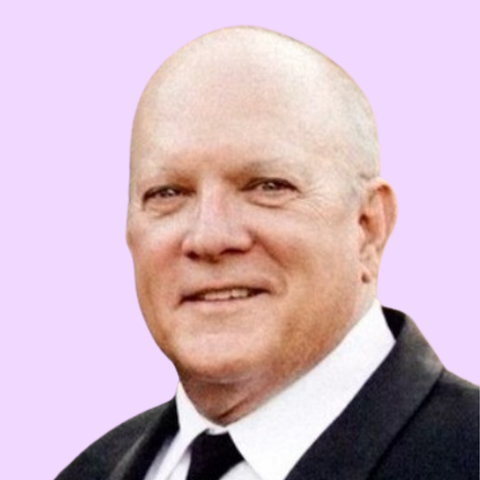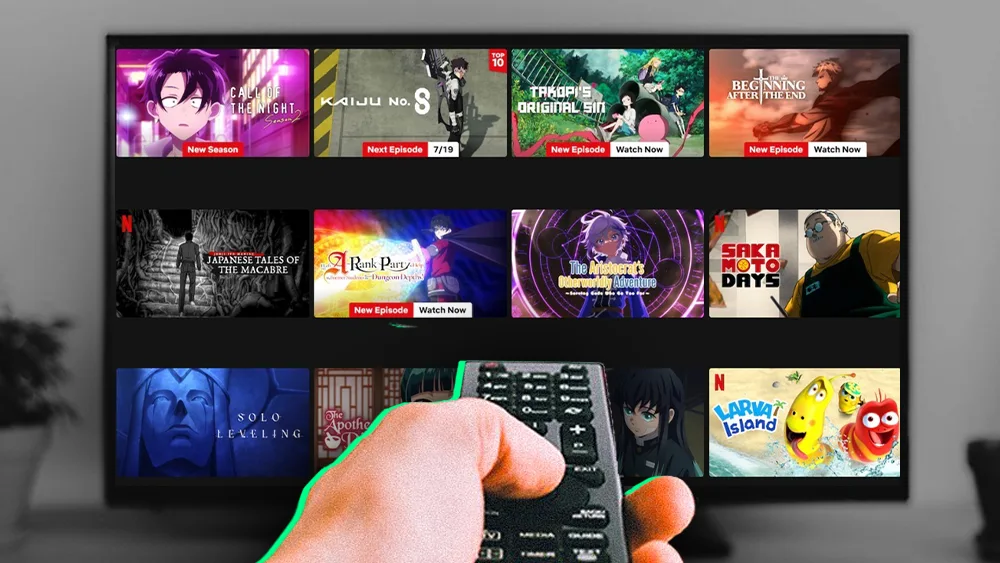The major studio system, once the undisputed titan of entertainment, is showing signs of fatigue. A relentless cycle of sequels and a string of underwhelming tentpole releases have led to a palpable sense of audience exhaustion and a notable decline in blockbuster performance. This creative drought is creating a power vacuum, forcing a fundamental shift in viewership and redefining the competitive landscape. The fight for audience attention is no longer just about streaming subscriptions; it's a war for something far more valuable.
This shift, according to John Parker, is creating a new front in the entertainment wars. A 25-year veteran of the pop culture industry, Parker has seen its evolution from his time as president of manga publisher TOKYOPOP to his current role as CEO of Patencio Development, where he consults for brands globally. He argues this audience exodus from traditional cinema isn't just changing what people watch—it's intensifying the entire battle for attention.
- Sequel fatigue: "There's a battle for mindshare for sure," Parker says. The primary catalyst for this battle, he explains, is a direct response to what he sees as a creative failure from the established players. "Young people are just tired of the lack of creativity of the studio system, and an endless stream of sequels."
- A documented decline: This isn't just a feeling; it's a trend reflected in the box office. "There's been a pretty significant decline in the performance of the superhero movies and of tentpole, marquee films worldwide," Parker notes. "Years ago, you had films that were doing three billion dollars at the box office. That's just not the case anymore." It's a phenomenon Parker has documented, pointing to a market where audiences are actively seeking novelty elsewhere.
Parker says the biggest beneficiary of this diverted attention isn't necessarily a rival movie studio or streaming service.
- The real attention economy: "If you look at the share of viewership, it's really YouTube, then Netflix, then Disney, then everybody else," Parker reveals. "YouTube is actually so much bigger than even Netflix, and that's not very well known."
- Napkin math: This migration is powered by a fundamental democratization of media that has permanently altered the industry's power structure. "The whole industry is changing because you don't need a studio to reach an audience anymore, and you don't need a big budget to produce good quality content," he says. "Guys like Mr. Beast have built this whole business on the back of a cocktail napkin."
As audiences scatter across a fragmented landscape of creator content, video games, and social media, niche genres with dedicated followings become incredibly valuable. This has turned once-overlooked categories like anime into a key battleground for major platforms. The strategy has seen giants like Netflix successfully take market share from specialized services by acquiring the genre's biggest and most anticipated shows.
- The binge-and-hunt cycle: This competitive dynamic is further intensified by the very nature of modern content consumption. "With the binge model, people finish a show and are immediately hunting for the next thing that's going to catch their eye," Parker explains. "When you're hunting, there's competition for sure."
As the corporate war for mindshare rages on, fueled by algorithms and nine-figure content deals, Parker believes the ultimate victor will be determined by a far more fundamental force. The solution to audience fatigue, he suggests, lies in empowering the very thing the market is starved for: originality. "The vision of the creator is really what's interesting because every single creator has a different vision of how they want to tell their story."

